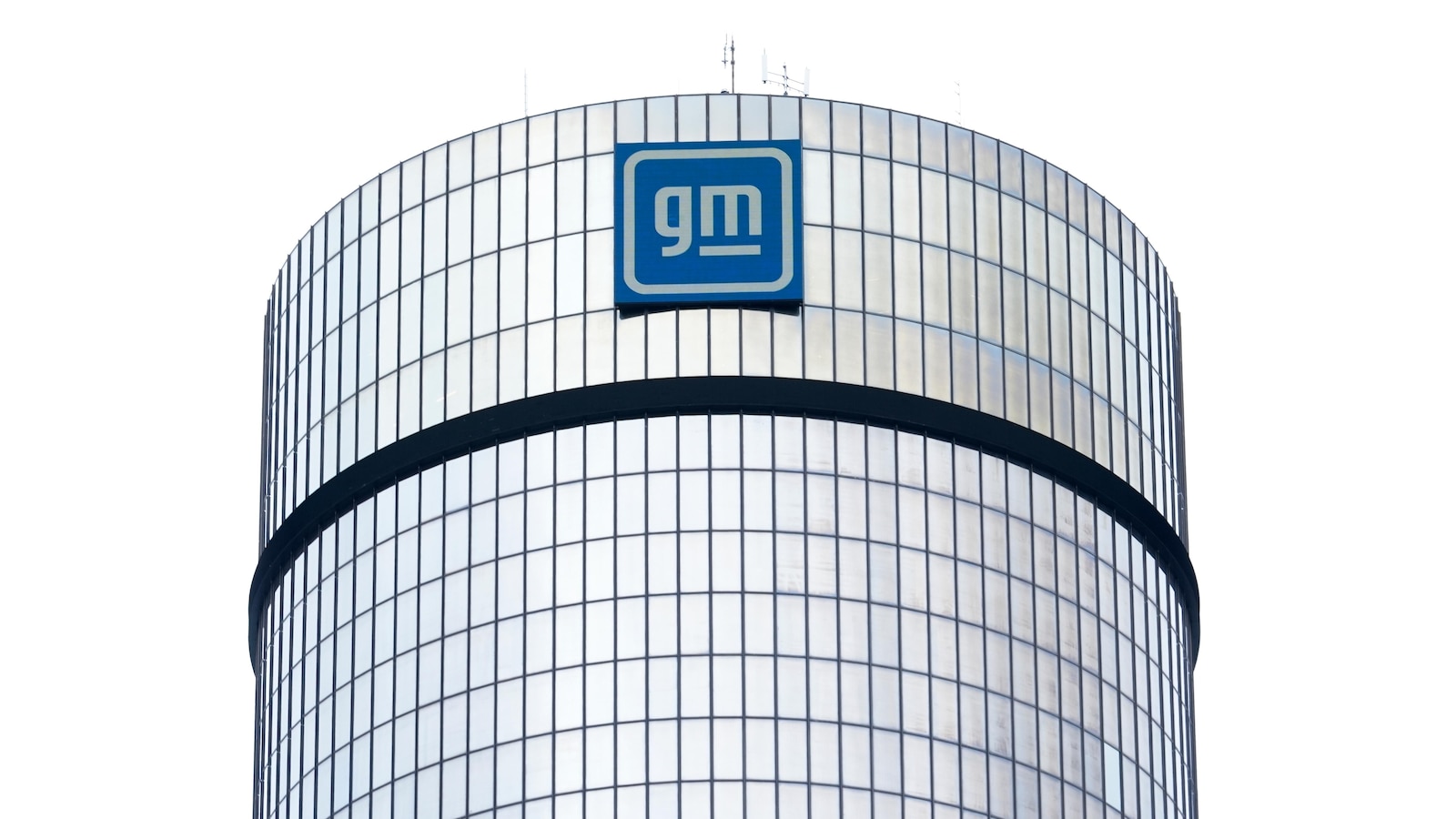General Motors Reports 35% Profit Drop Amid Tariff Impact, Boosts EV Sales
General Motors' Q2 profit dropped 35% to $1.89 billion due to tariffs. Revenue exceeded estimates. GM plans a $4 billion U.S. production shift, boosting EV sales.
Subscribe to unlock this story
We really don't like cutting you off, but you've reached your monthly limit. At just $5/month, subscriptions are how we keep this project going. Start your free 7-day trial today!
Get StartedHave an account? Sign in
Overview
- General Motors experienced a significant 35% decline in its second-quarter profit, reaching $1.89 billion, primarily due to the financial impact of tariffs imposed by Donald Trump.
- Despite the substantial profit slump and decreased revenue, GM's financial performance still managed to surpass Wall Street's revenue expectations for the quarter.
- CEO Mary Barra is actively working to mitigate the anticipated $4 billion to $5 billion gross tariff impact for the year, aiming for significant reductions in costs.
- To reduce its exposure to tariffs, GM plans a $4 billion investment to relocate production from Mexico to U.S. manufacturing plants, strengthening domestic operations.
- Amidst these financial challenges, General Motors reported a notable increase in electric vehicle (EV) sales, rising from 31,900 to 46,300 units in the second quarter.
Report issue

Read both sides in 5 minutes each day
Analysis
Articles (7)
Center (2)
FAQ
General Motors' 35% decline in Q2 profit to $1.89 billion was primarily due to the financial impact of tariffs imposed by the Trump administration.
General Motors reported a significant increase in electric vehicle sales, with Q2 EV units rising from 31,900 to 46,300, more than doubling its sales compared to the previous year, and Chevy becoming the second-best-selling EV brand in the U.S.
GM plans to invest $4 billion to shift production from Mexico to U.S. manufacturing plants to reduce tariff exposure and strengthen domestic operations.
GM’s broad portfolio includes Chevrolet, Cadillac, and GMC electric vehicles, with luxury and budget-friendly options, leading to GM holding the second-largest EV market share in the U.S.
While EV sales at GM are growing rapidly, the overall U.S. EV market faced a slight dip in Q2 2025; the industry expects fluctuations due to ending government incentives and economic pressures, making the second half of the year critical for sustained demand.
History
- 3M

 4 articles
4 articles






